 Title: Orange Berets
Title: Orange Berets
Author: James “Doc” Crabtree
Designer: Heidi Crabtree
Genre: Memoir
Graphics: This is an account of an Army major’s time spent with the peace-keeping force assigned to the Sinai. The personnel wear orange berets to mark them out as members of a multinational force.
The photo presumably is of the author, although the opening pages of the book don’t specify that. Immediately you know that the photo has something to do with the military (the man clearly isn’t a civilian) and that the locale must be where camels are found, and that suggests the Arabian peninsula.
So far so good. The photo has narrowed the genres and geography. It’s focused on the camel’s snout, which, unfortunately, extends beyond the photo’s top. The man is not in focus and thus becomes a secondary figure.
In a photo editing program this otherwise black-and-white image was given two bits of color, the beret and a shoulder patch. Making the beret orange makes sense, but why is the patch also orange? Given the book’s title, it would have been better to restrict the added color to the beret.
The larger problem with the cover photo is that is isn’t larger. The photo takes up less than half the cover. If it had been taken in portrait format, there presumably were parts that were snipped out, particularly below what we see here but perhaps also above. The ideal would have been for the photo to occupy all or nearly all of the cover acreage.
If its proportions wouldn’t quite fit, or if it had inappropriate or irrelevant elements that couldn’t be omitted or obscured through photo editing, then it would have been fine to have it occupy all but the bottom-most area of the cover. That area would be where certain textual items could be placed.
Even if the photo couldn’t be expanded beyond what we see here, in terms of what it showed, it could be expanded to fill the awkward blocks above it and to its left. The top block actually detracts from the photo, since its coloration overpowers the orange of the beret.
Below the subtitle is a smaller image. Even when that image is expanded to its largest size at Amazon, it isn’t clear what is being shown, other than that it is a flag. Is it the flag of the multinational force? Even if so, how does it coordinate with the title and the larger image, and what does it add to the cover, other than occupying what otherwise might have been blank space?
Lastly, the background, that large swath of orange. This seems to be an example of a designer getting carried away with making connections. If “orange” is in the title, why not make the cover mainly orange? The chief response is that the orange of the background overpowers the orange of the beret. Had the background been nearly any other color, the hint of orange in the photo would have caught the viewer’s attention, but now the color of the beret looks like an afterthought.
Typography: The title font is unobjectionable. It’s read easily, and it has a little more character than would a font such as Helvetica. It is the other font, the one used for the subtitle and author name, that needs attention. It’s a typewriter font. Was the designer wanting to suggest that the memoir includes accounts of clerical work in the Sinai? It’s hard to say.
One thing that can be said is that the typewriter font looks weak against the title font. Perhaps that mostly is a consequence of size. If the subtitle and author name were enlarged, they might not seem so overshadowed by the title. If the image of the flag were removed, there would be plenty of room for the subtitle to be set in three lines, even if the main photo were enlarged enough to get rid of the orange areas on the left and top.
The subtitle then could be in much larger letters arranged this way: “Adventures/ and Misadventures/ in the Sinai”. Notice that I change the ampersand to “and”; that reads more easily when more than just two words are used.
Is it necessary to mention the author’s nickname? Could it be brought up in the early pages of the text instead? If the nickname were omitted from the cover, the author name could be made larger than the subtitle yet smaller than the title. If the nickname has to be preserved, still the author name could be enlarged, but not nearly so much. It might go up by about a quarter, there being insufficient space for it to expand much horizontally.
Overall: This cover is unmistakably an amateur production. It’s mainly little things that are off kilter: the unneeded orange areas at the side and top, the camel’s nose being snipped off, the author name not being centered, and particularly a second image that serves no clear purpose. It would not take much to make this a presentable, even if still not a good, cover.

 Title: Bound to Love
Title: Bound to Love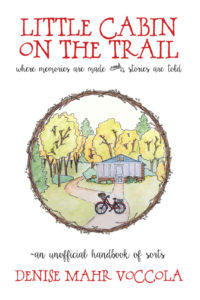 Title: Little Cabin on the Trail
Title: Little Cabin on the Trail Title: Access Denied
Title: Access Denied Title: I Remember the Time . . .
Title: I Remember the Time . . .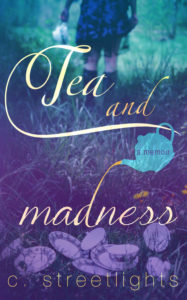 Title: Tea and Madness
Title: Tea and Madness Title: The Plug Up
Title: The Plug Up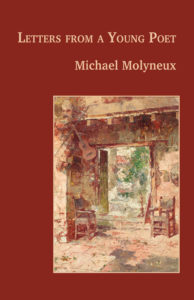 Title: Letters from a Young Poet
Title: Letters from a Young Poet Title: What Happened to Me
Title: What Happened to Me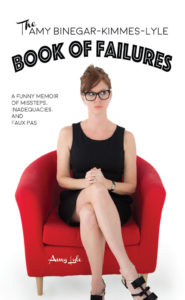 Title: Book of Failures
Title: Book of Failures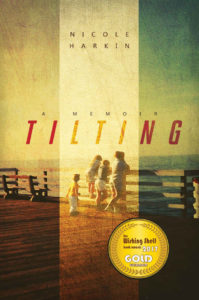 Title: Tilting
Title: Tilting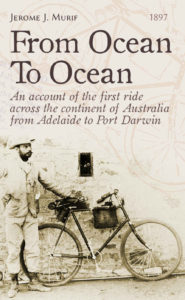 Title: From Ocean to Ocean
Title: From Ocean to Ocean Title: How I Became My Father . . . a Drunk
Title: How I Became My Father . . . a Drunk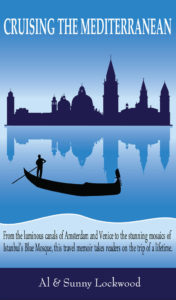 Title: Cruising the Mediterranean
Title: Cruising the Mediterranean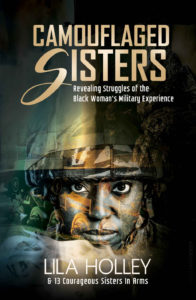 Title: Camouflaged Sisters
Title: Camouflaged Sisters Title: Wind in the Fire
Title: Wind in the Fire